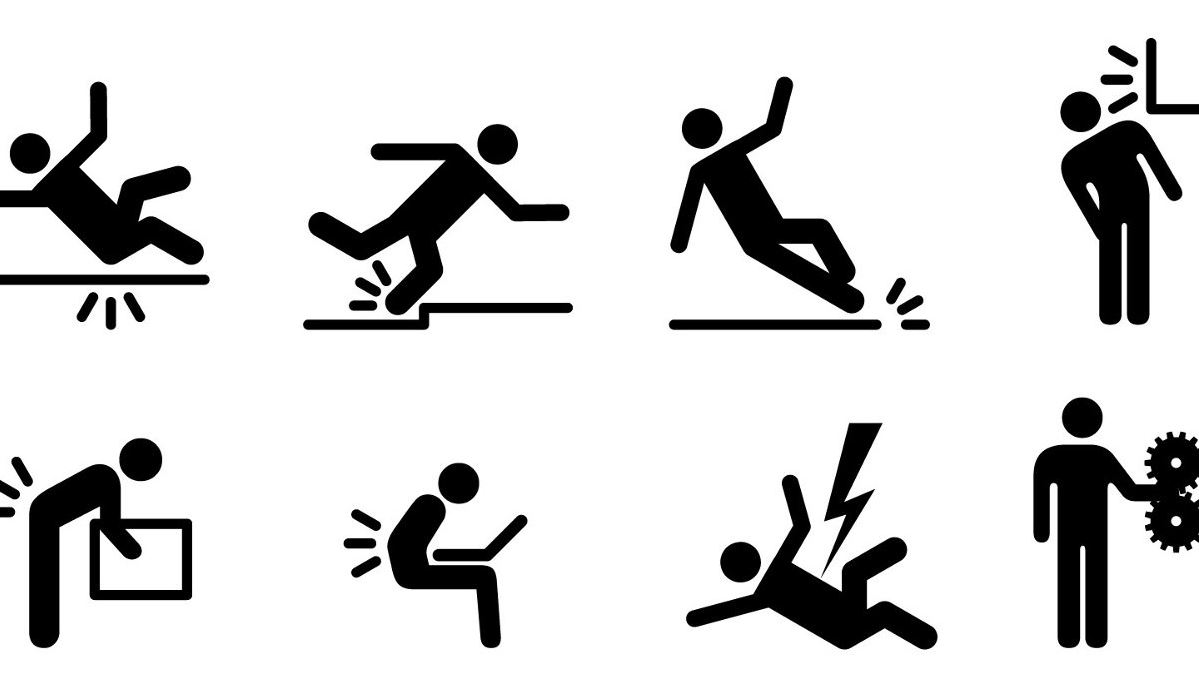Workplace Injuries Are Falling, But May Be Here Forever
Workplace injuries have plagued practically every industry, but especially those that require some degree of physical effort from their employees. The latest statistics show that the total number of injuries in the workplace has been declining slowly and consistently over the past decade, indicating that today’s workplaces are safer than they’ve ever been—and suggesting a curve that may one day lead us to even safer conditions for employees.
However, it’s unlikely that workplace injuries will ever fully disappear, and we need to plan our safety standards around that fact.
Better Safety Standards
Much of the reason why workplace injuries have declined is due to better safety standards (and better employer education). Employers can be held liable for certain types of workplace injuries, incentivizing them to invest more in things like:
- Safer equipment, often made possible by new technology, which enables workers to perform their responsibilities more safely. Everything from ergonomic keyboards to automated manufacturing equipment could fall into this category.
- Better workplace training, because employees who don’t understand how to work safely can’t possibly do so. Still, workplace training takes time and money.
- More supervision, because even the best-trained employees might take shortcuts if they don’t have someone more experienced or more authoritative keeping an eye on operations.
- Ongoing maintenance, which ensures that the equipment being used by employees on a regular basis remains operational and in good condition. Often, a bad bearing or poorly maintained component could lead to a mechanical failure.
Why Workplace Injuries Will Always Occur
But even these broad categories of improvements, while working together, can’t possibly eliminate the prevalence of workplace injuries.
Here’s why:
- Human negligence. Even assuming that you have the best technology, the best systems, a solid supervisory team, and multiple checks and balances, human negligence can always creep its way into the equation. A missed mechanical check, a false presumption of safety, or impatience in trying to complete an objective can all undermine your best safety standards and result in an injury in the workplace.
- New technologies and systems. New technologies and systems are typically a good thing for businesses; they enable more productivity and often come with higher safety standards. However, these new technologies can come with caveats that introduce new forms of danger; for example, self-driving cars eliminate the possibility of human negligence, but may introduce other forms of road-based danger. There’s also a learning curve when it comes to adopting these technologies, which means the first generation may end up creating more injuries than it prevents.
- Unpreventable incidents. Some incidents truly are unpreventable. Underlying medical conditions could complicate an employee’s ability to perform or susceptibility to workplace injury. And natural disasters always have a chance of rendering your best safety standards ineffective.
What to Do If You Suffer a Workplace Injury
If you or one of your coworkers or employees suffers a workplace injury, there are a few important steps to follow:
- Get immediate treatment (where necessary). If someone needs medical attention, all other considerations are secondary. Call an ambulance if the person is unresponsive or appears to be seriously harmed. Even if they don’t appear seriously harmed, it’s a good idea to seek medical attention anyway.
- Clear the area and prevent further injuries. This person was likely injured due to a multitude of underlying factors. Do what you can to prevent those factors from hurting anyone else. For example, you may need to clear the area or shut down a piece of equipment that malfunctioned.
- Complete paperwork and consider workers’ compensation. Your workplace may require some form of documentation for any and all injuries sustained by an employee. For example, you might need to fill out an accident report detailing the time and nature of the injury, as well as who was supervising. Workers’ compensation is a mandatory requirement in many areas, so determine whether your employer carries it; workers’ comp should cover the costs of any injury, regardless of how the injury occurred and who was responsible. However, it may not be advisable to pursue workers’ comp if you have a legal case against your employer.
- Consider taking legal action. If your workplace injury was a direct result of someone else’s actions or negligence, it may not be a good idea to seek workers’ compensation. You may qualify for much more compensation by seeking legal action. There are many variables to consider here, so make sure you speak with a personal injury attorney before making a final decision.
Workplace injuries are always going to pose a danger to employees, even as safety standards and technologies continue to advance—and lower the rates of injuries with them. All you can do is prepare yourself for their inevitability, and do what you can to mitigate them.

